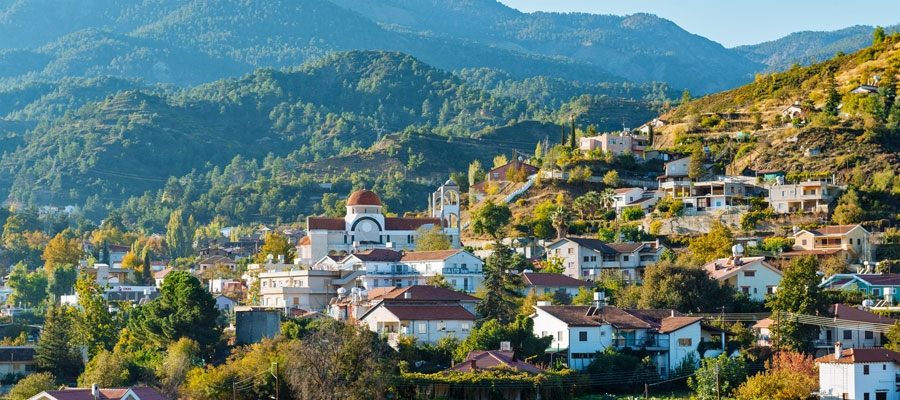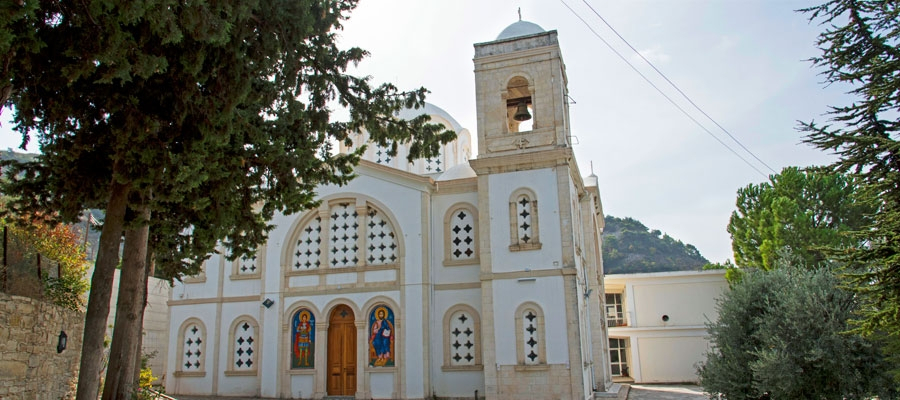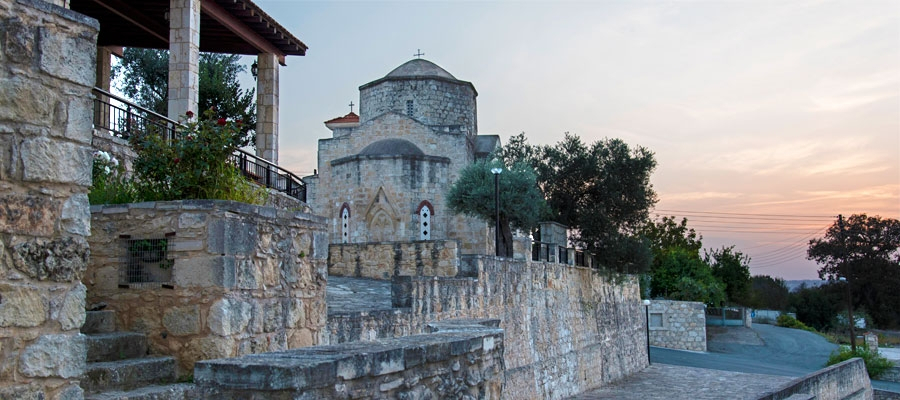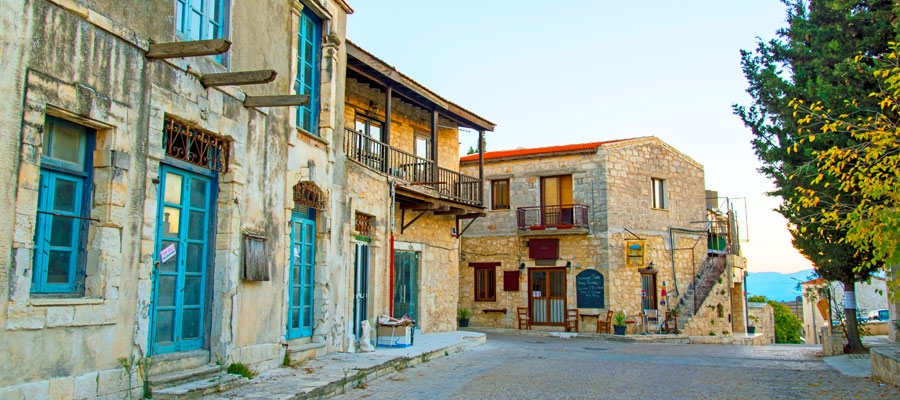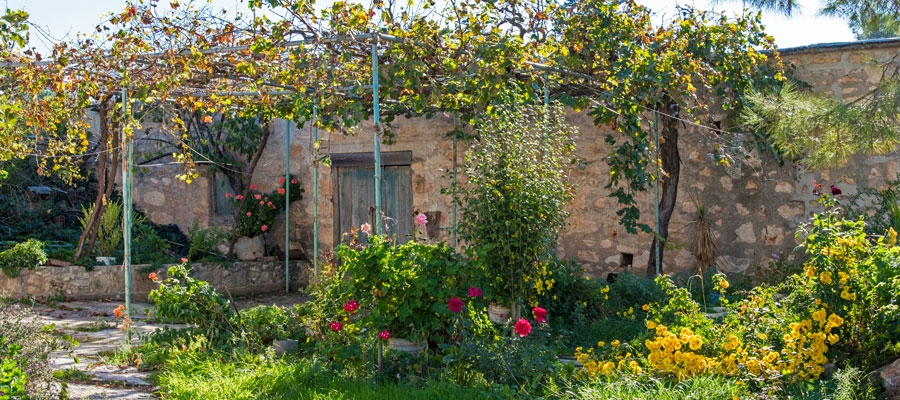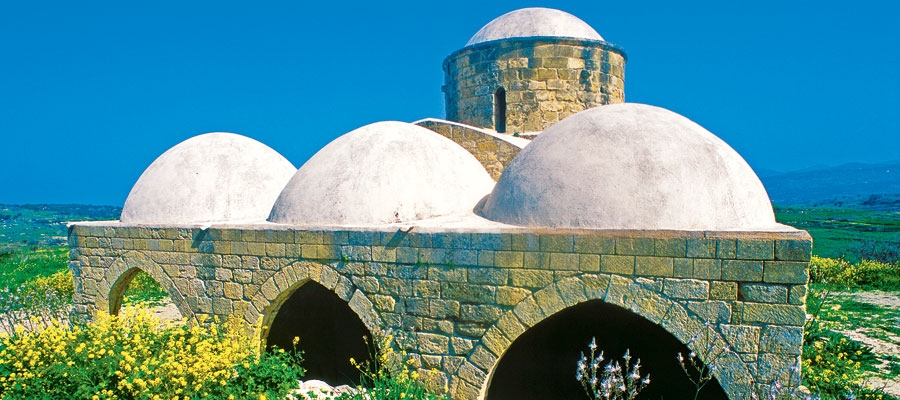Kakopetria is located in the Troodos mountain range, in Solea Valley of Lefkosia (Nicosia) region.
This beautiful village is a popular summer resort, thanks to its charming character and breathtaking scenery of pine forests that stretch across the Karkotis Valley. As such, it is ideal for agrotourism.
The old quarter of the village – with its narrow, stone-paved alleysand its traditional houses with their wooden balconies have been restored – has been declared a protected cultural heritage site.
The Church of the Transfiguration of our Saviour (Metamorfosis tou Sotiros), which is built in the centre of the old village centre is worth visiting, whilst the church of Agios Nikolaos tis Stegis (St. Nicholas of the Roof) which is considered one of the most interesting Byzantine churches on the island, thanks to its painted murals that date from the 11th to the 17th century, is located 5 km from the village.
The village also has several other interesting sights, including the Linos Musuem and Olive Mill museum. The watermill ‘Mylos tis Gonias’ used to grind barley and grain from 1754. It closed down after the Second World War, and was restored in 1980.

